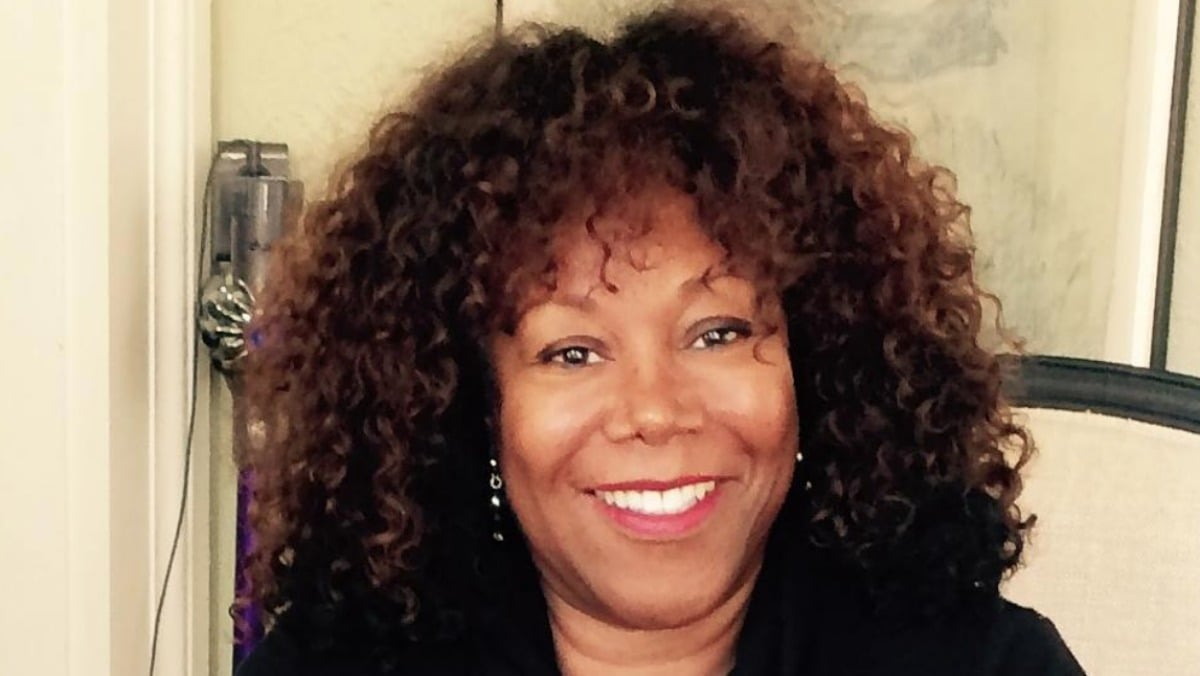EMPOWERING EDUCATION BY IRA SHOR.

Ira Shor uses this book as an opportunity to speak about youth empowerment or to be more specifically Shor attempts to guide the reader through empowering children in a classroom environment. Making sure all the students in a class feel as though they belong in that space, are able to confidently follow along with the days lesson and most important that children feel as though they are capable of succeeding in the readers class.
Shor does speak necessarily about boosting children's confidence though that would be a positive side effect of this guide. the author makes it very clear that while they want children to speak up during the lesson and participate it is not a guide to making kids selfcented or cocky. while the reader may want to embolden their students it is important to not create over confident kids and even though the reader may wish to empower the children it is important that children don't so brash that they take over the class with there own thoughts or ideals.
As Shor puts it "Empowerment here does not mean students can do whatever they like in the classroom.Neither can the teacher do whatever she or he likes.The learning process is negotiated, requiring leadership by the teacher and mutual teacher-student authority.In edition, empowerment as I describe here is not individualistic."
Shor wants to have an empowered but not overbearing classroom and has a plan to get it. They have a "AGENDA OF VALUES" to instill in the children to empower them.
According to the author an empowered classroom should be....
1) Participatory
"Participation the most important place to begin because student involvement in traditional classrooms because student involvement is low in traditional classrooms and because action is essential to gain knowledge and develop intelligence. "
2) Affective
"The traditional learning process lacks a mutual dialogue
through which all sides can negotiate their positions. This bottling up
of bad feelings undermines the transfer of knowledge in the official syllabus.
The affective atmosphere of a participatory classroom also aims lor a
productive relationship between patience and impatience. "
3)Problem-posing
"Another means to engage students in critical and mutual learning can be found in the third value on the agenda, problem-posing."
"the teacher is often defined as a problem-poser who leads a critical dialogue in class, and problem-posing is a synonym for the pedagogy itself."
4)Situated
"The students are not drilled in grammar, lectured about job rules, or scolded about the work ethic. They are not blamed for workaday infractions. Language study does not refer dishonestly to a glamorized picture of work. The problems of inequality and undemocratic authority"
Shor also says the classroom should be..
5)Multicultural
6)Dialogue
7)desocializing
8)Democratic
9)Researching
10)Interdisciplinary
11)Activists
These principles are all crucial to the development of youth and Shoe does a great job explaining this in her article.
- If you are interested in the article: Shor's Article.

